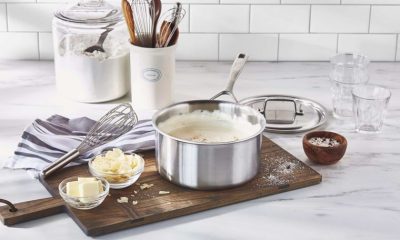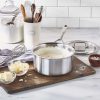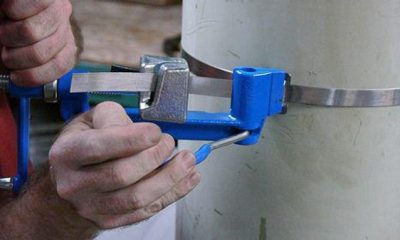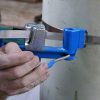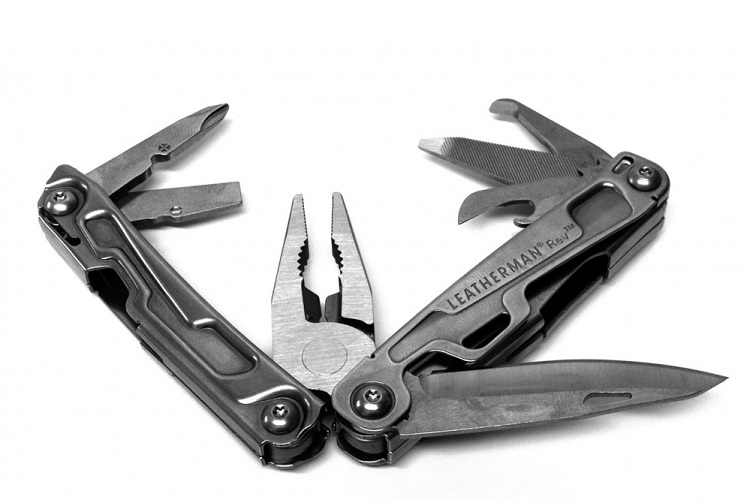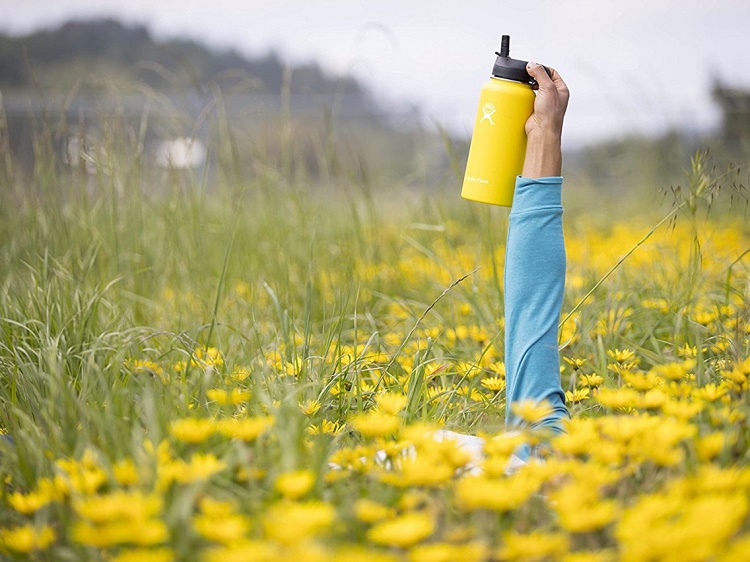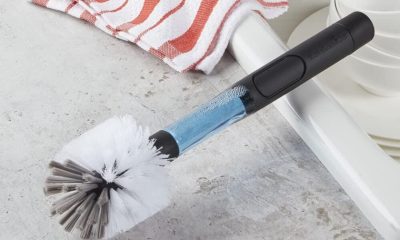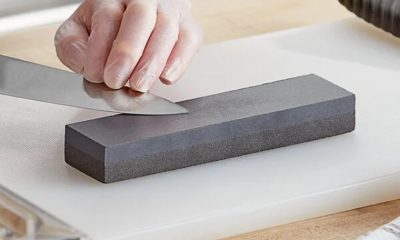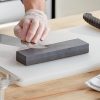Kitchenware
The Whole Story on Choosing a Frying Pan for Your Needs
Kitchen knives are kitchen essentials, but no cooking setup is truly complete without quality cooking pans. Frying pans, in particular, play a vital role in preparing everything from crispy veggies to perfectly seared meats and eggs. They’re also handy for those quick pancake cravings if a pancake pan isn’t nearby. For even more versatility, a frying pan can whip up delicious fried polenta sticks or an endless array of one-pan recipes. With so many options available, though, how do you pick the perfect one for your cooking needs?
Which Material Is Best for a Frying Pan?
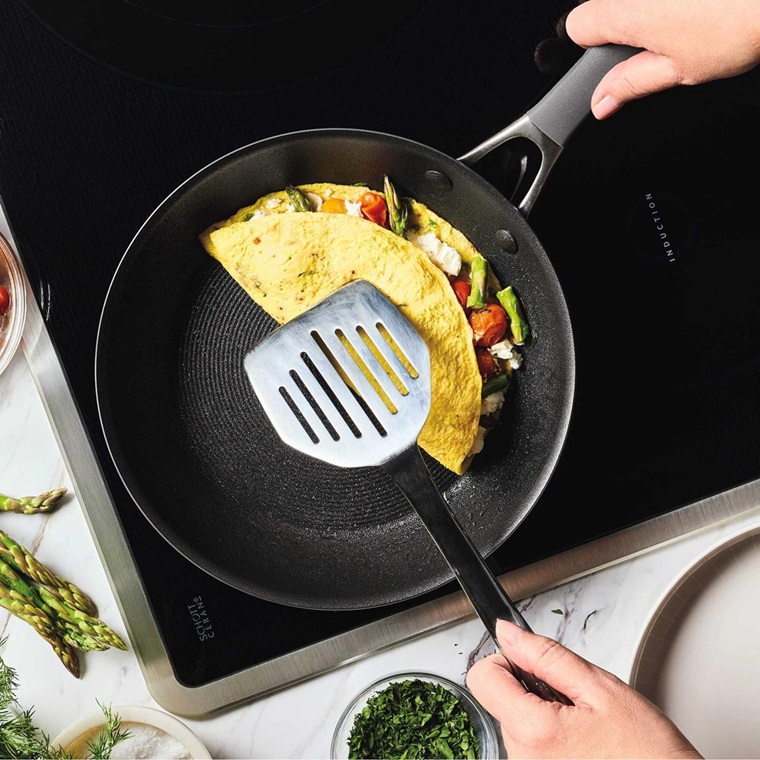
When choosing frying pans, there’s a lot to consider: materials, coating, metal thickness, handle type, and overall size. The depth and side height play a role too, as deeper pans can handle sauces or stews, while shallow ones are ideal for searing. Above all, the pan’s material is crucial. Different materials conduct heat differently and can affect cooking outcomes and pan durability, so it’s worth exploring which option—like stainless steel, cast iron, or non-stick—best suits your cooking style and needs.
Aluminium
This type of metal is one of the most favoured so far as it is naturally resistant to corrosion and rust. Pans made from this material are known for their amazing and fast heat distribution which makes frying a piece of cake. Aluminum also eliminates the appearance of particular hot spots while also reducing the risk of burning food thanks to its even heat distribution. This material also allows for easy cleaning and handling which is another reason why people love cooking in it.
Stainless Steel
This material is known for its corrosion resistance and its extreme durability. Another great thing about this material is that it won’t leach any chemicals and toxins when in contact with acidic ingredients. Unfortunately, stainless steel can’t provide the best heat distribution which is why a lot of manufacturers add a layer of aluminium or core in its base for an increased and even heat distribution.
Cast Iron
This might be one of the most quality, durable and popular pan solutions mainly among chefs. Even though people also love to use it, the greatest downside of it is its weight. Cast iron pans are extremely heavy, so when buying a larger pan, you might need to use both of your hands to pick it up or move it aside. Other than this, cast iron pans are a true blessing as they are known for their excellent heat distribution and heat retention. During the process and when properly seasoned, cast iron pans develop their natural non-stick surface which can make the food even tastier.
Carbon Steel
These frying utensils are lightweight, provide even heat distribution and can heat up quickly. Practice shows that these pans can easily adapt to the changes in temperature which gives you a more precise control when cooking. Just like cast iron, carbon steel also needs to be seasoned not only to improve your cooking but also to prevent the appearance of rust and corrosion.
Non-Stick
These pans are known for their non-stick coating which prevents food from sticking on its surface. The base material of these pans can be different which gives you the freedom to pick one that heats fast and evenly. Even though their popularity has increased a lot, you should be really careful when handling them because their surface can get easily scratched and can lead to leach of chemicals and toxins when cooking.
Which Frying Pan Is Healthiest?
Out of all types, it seems that stainless steel and cast iron are the healthiest choices because they are durable, hard to scratch and won’t leach any chemicals and toxins when cooking.
Tips for Choosing the Right Fry Pan
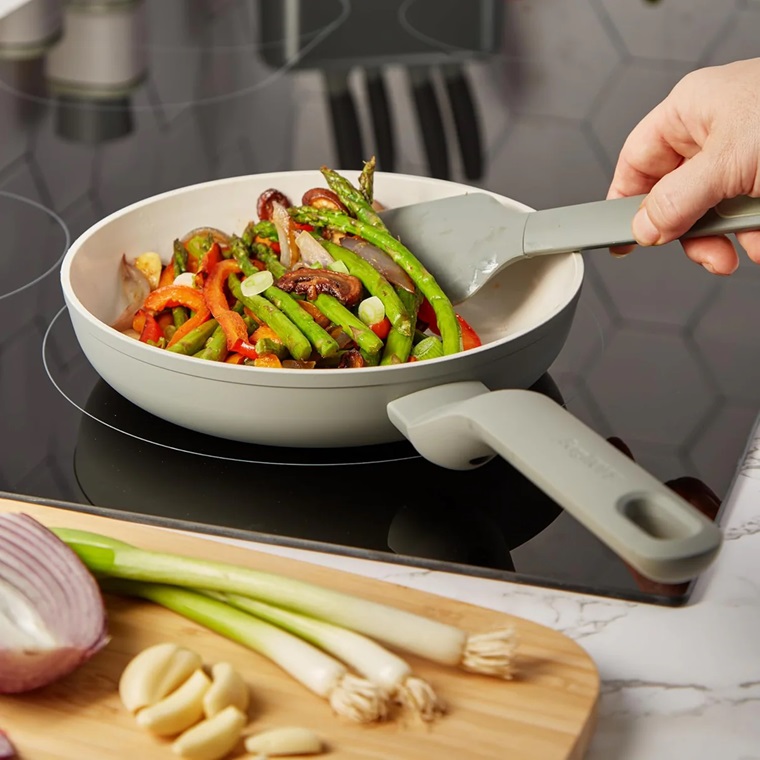
Personal Preferences
When picking a cooking pan, start by matching it to your cooking methods and style. If you’re all about searing and frying, a cast iron or stainless steel pan is perfect, as both retain heat exceptionally well—just make sure to preheat for the best non-stick results. For low-fat cooking, a non-stick pan is ideal, allowing you to cook with minimal oil. Each material serves a unique purpose, so choose one that supports your preferred techniques to make cooking more enjoyable and efficient.
Fast Heat Distribution
For quick and even heat distribution, aluminium pans are a solid choice. Their conductivity means your food cooks uniformly, reducing hot spots. If you prefer the durability of stainless steel or cast iron, rest assured that they, too, provide balanced heat distribution but with a bit more patience—they take longer to preheat thoroughly. Whether you want a quick-cooking option or a pan with heft, understanding the heat distribution of each material helps you pick the best pan for your kitchen needs.
Durability
For long-lasting durability in the kitchen, cast iron and stainless steel pans are tough to beat. Both materials withstand high heat and frequent use, making them reliable choices for heavy-duty cooking. While non-stick pans are convenient, their coating tends to wear down over time, often leading to frequent replacements.
Size
When choosing the right frying pan, size is key to meeting your daily needs. Consider the number of people you typically cook for; a pan size of around 26–28 cm generally works well for a family of four. This size offers a balance, allowing enough room for ingredients to cook evenly without overcrowding. If you frequently prepare larger meals or batch-cook, consider going a bit larger, but keep in mind storage space and stovetop size as well.


